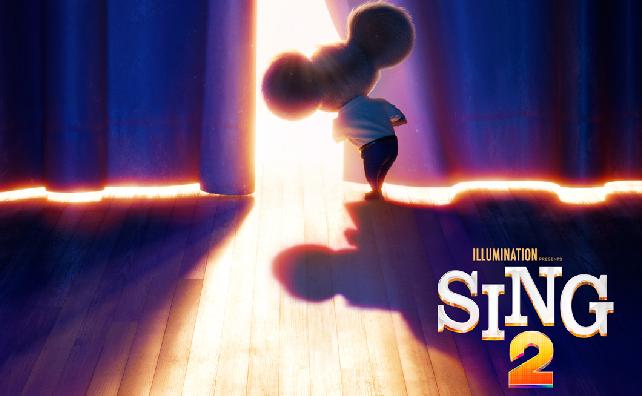 We’ve come a long way in terms of representation of minorities in film and television. But if recent headlines are anything to go by, there’s still a lot of progress that needs to be made.
We’ve come a long way in terms of representation of minorities in film and television. But if recent headlines are anything to go by, there’s still a lot of progress that needs to be made.
In a number of ways, Hollywood still seems to be stuck in the past. But according to a new study, today’s movie-goers want the industry to get with the times. Data from the Ruderman Family Foundation‘s “Disability Inclusion in Movies and Television” reveals that approximately half of those who consume entertainment prefer authentic portrayals of disabilities in stories related to individuals with disabilities. In other words, film buffs and TV fanatics want to see authenticity on screen — and long gone may be the days when an abled actor would take home the Academy Award for a role that requires “faking” a disability. Many of those who are in favor of seeing actors with authentic disabilities on screen skew younger and embrace newer technologies (such as streaming services). The data actually showed that consumers would be more willing to sign up for or support content distributors committed to accurate portrayals and representation of people with disabilities.
Although many Americans might be familiar with Temporary Disability benefits due to workplace accidents (which may entitle the recipient to two-thirds of their average weekly earnings), the reality is that Americans with disabilities deserve greater representation in the media. Despite the fact that there are currently 61 million adults in the U.S. living with a disability, the representation of people with disabilities in American film is scarce. While disability representation has increased on television in recent years, the percentage of characters with disabilities within the top 1,200 films actually hit a four-year low, with just 1.6% of nearly 4,500 speaking characters found to have a disability.
Lauren Appelbaum, leader of RespectAbility’s Hollywood Inclusion efforts and VP of Communications, explained in a press release: “With more than a quarter of the U.S. population identifying as having a disability, these numbers are dismal. In fact, the difference between the percentage of speaking characters with disabilities and reality in the U.S. population is the largest difference in the inclusion crisis in film, at 25.6 (27.2% of U.S. population versus 1.6% of speaking characters).”
Moreover, by failing to include and prioritize characters with disabilities, Hollywood is really hurting itself. The aforementioned Ruderman Family Foundation study suggests that the industry is leaving a potential $10 billion per month on the table by not casting actors with disabilities in projects. Some Hollywood stars even go to the lengths of cosmetic surgery to fit the bill. And since over 80% of consumers surveyed are in favor of actors with disabilities playing characters without disabilities on screen, it seems like public opinion has evolved significantly — but whether the Powers That Be will evolve as well remains a mystery.
Explained Ruderman Family Foundation President Jay Ruderman in a statement, “Hollywood tells the stories that the world consumes, and it has an obligation to portray people with disabilities authentically. There is also a significant financial gain to be made through authentically portraying disability. It can start, we believe, with casting actors with disabilities in significant roles, and employing writers, producers, directors, artisans and executives with disabilities too.”




